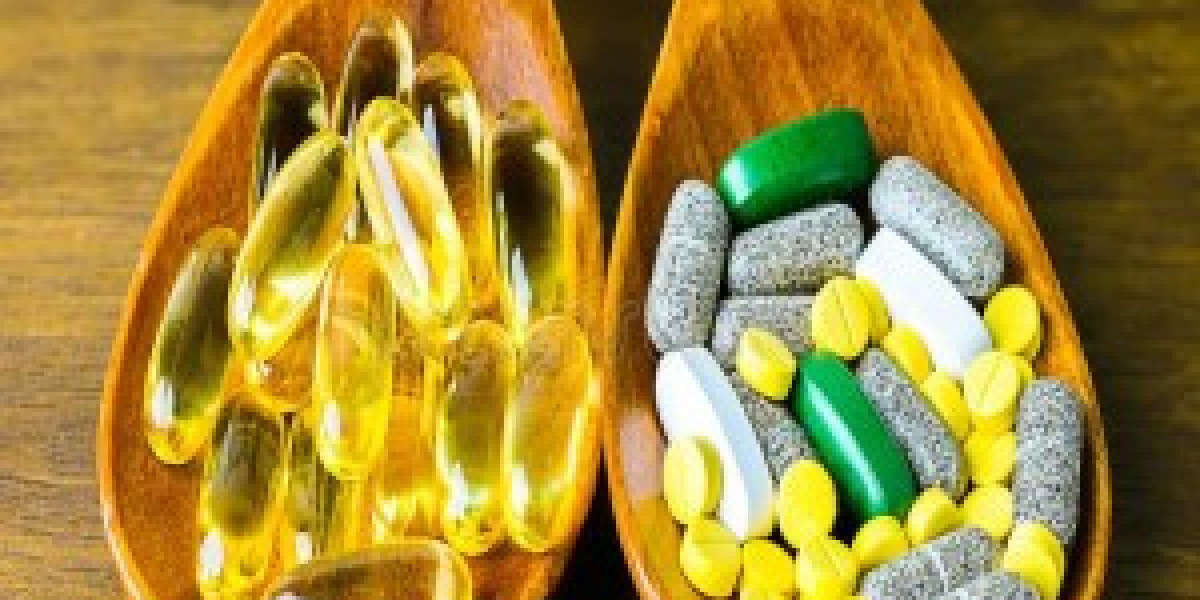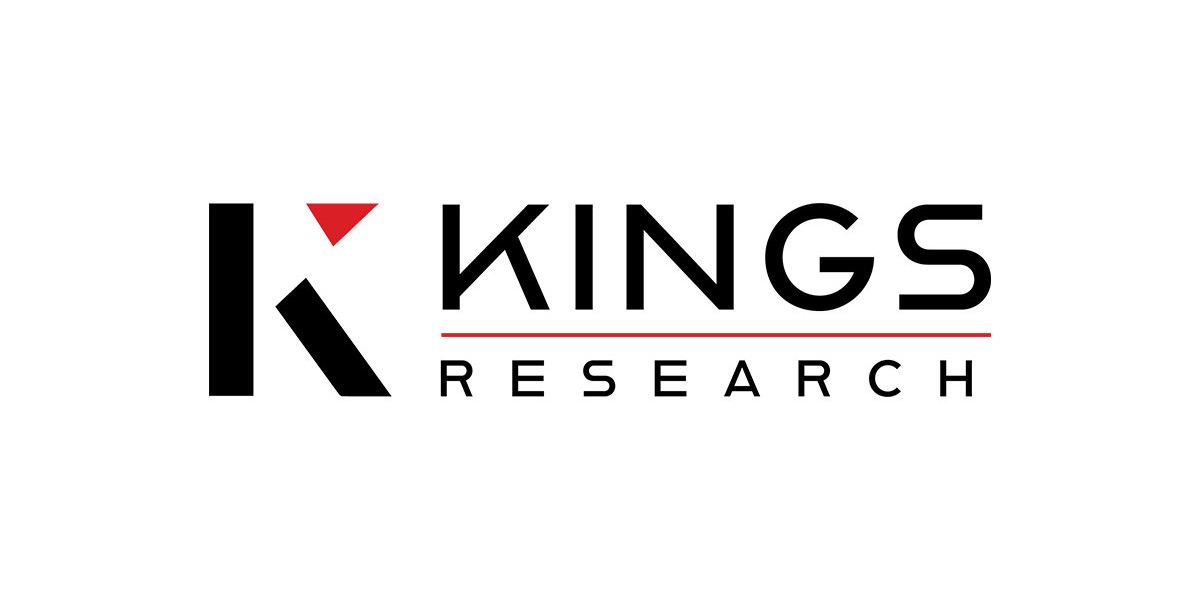Hydrogels are three-dimensional polymer networks capable of absorbing and retaining large amounts of water or biological fluids. Made of hydrophilic polymers, hydrogels swell in water but do not dissolve. This property allows hydrogels to mimic natural living tissues better than other materials. Some key properties of hydrogels that make them promising for drug delivery include their high water content and permeability to water and biological molecules. Their polymer networks can also be easily functionalized or modified to tailor their degradation time and interaction with cells and tissues.
Targeted and Sustained Drug Delivery
One of the major advantages of Hydrogel-Based Drug Delivery System is their ability to enable targeted and sustained drug release at the site of action. Hydrogels protect drugs from degradation and provide a depot effect from which the drug can be released slowly over extended periods as the polymer degrades or drug diffuses out of the matrix. This sustained release improves drug bioavailability and therapy compliance while reducing dosing frequency. Hydrogels can also be tailored through surface modifications to target specific tissues for localized drug action. Attachment of ligands to the hydrogel allows targeted accumulation and internalization within desired cells and organs.
Stimuli-Responsive Systems for On-Demand Drug Release
In addition to passive diffusion-controlled release, hydrogels can be designed to release their drug payload in response to specific physiological stimuli. Changes in pH, temperature, ion concentration or presence of enzymes can trigger a volume phase transition of the hydrogel polymer chains. This makes the gel porous, allowing rapid drug diffusion and release. For example, tumor microenvironments have lower pH and higher temperatures compared to normal tissues. pH- or temperature-sensitive hydrogels exploit these differences to selectively release an encapsulated chemotherapeutic only in the tumor region for improved therapy effectiveness and reduced side effects. Several studies demonstrate efficient tumor regression and extended survival through stimuli-responsive hydrogel systems.
Oral Drug Delivery and Protection Across the Gastrointestinal Tract
The harsh environment of the gastrointestinal tract poses major challenges for oral drug delivery. Many drugs are degraded or cannot be efficiently absorbed in the stomach or small intestine. Hydrogels protect drugs from degradation in the acidic stomach while allowing controlled release in the intestine. Their mucoadhesive properties also help the hydrogel–drug system to adhere to the intestinal mucosa and facilitate absorption. Various studies show hydrogels successfully delivering protein and peptide drugs orally that would otherwise be degraded. The hydrogel acts as a physical barrier as well as provides an aqueous environment like the gastrointestinal fluids to enable drug protection and absorption.
Injectable Systems for Sustained Drug Release
Apart from oral administration, hydrogels also hold great potential as injectable drug delivery platforms. The hydrogel solution or dispersion can be injected using minimally invasive procedures like catheter-based delivery. Once in the body, the hydrogel undergoes gelation due to physiological conditions like temperature or ionic interaction with body fluids. This enables the formation of a solid gel depot at the site of delivery to facilitate sustained release of encapsulated drugs over weeks to months. This approach eliminates the need for frequent administrations and surgeries. Injection delivery has been studied for a variety of diseases including ophthalmic conditions, heart disease, cancer and musculoskeletal disorders.
Tissue Engineering and Regenerative Medicine Applications
The tissue-like properties of hydrogels also make them very suitable scaffolds for engineering natural replacement tissues. Hydrogels mimic the three-dimensional extracellular matrix environment needed for cell adhesion, growth and tissue development. They support cell infiltration, proliferation and production of native extracellular matrix. Additionally, these scaffolds can deliver growth factors, proteins and genes to induce and enhance tissue regeneration in a controlled manner. Hydrogels have been explored for engineering various tissues like cartilage, bone, blood vessels, skin and nerves with promising results. Their biocompatibility and ability to polymerize in situ after injection provides further potential for minimally invasive regenerative therapies.
In the hydrogel-based drug delivery platforms hold great promise for revolutionizing drug therapies through sustained, targeted and stimuli-responsive release at the site of disease pathology. Their tunable properties allow precise spatiotemporal delivery of drugs, bioactive molecules, cells and genes for improved therapeutic outcomes. Widespread research has demonstrated applications across different administration routes and disease areas. Continued advances to better understand structure-property relationships of hydrogels will accelerate clinical translation of these innovative drug carriers. Overall, hydrogels have significant potential to address current challenges in drug delivery and regenerative medicine.
Resources – Applications of Hydrogel-Based Drug Delivery Systems in Cancer Treatment
Get This Report in Japanese Language:
Get This Report in Korean Language:
About Author:
Priya Pandey is a dynamic and passionate editor with over three years of expertise in content editing and proofreading. Holding a bachelor's degree in biotechnology, Priya has a knack for making the content engaging. Her diverse portfolio includes editing documents across different industries, including food and beverages, information and technology, healthcare, chemical and materials, etc. Priya's meticulous attention to detail and commitment to excellence make her an invaluable asset in the world of content creation and refinement. (LinkedIn- https://www.linkedin.com/in/priya-pandey-8417a8173/)









